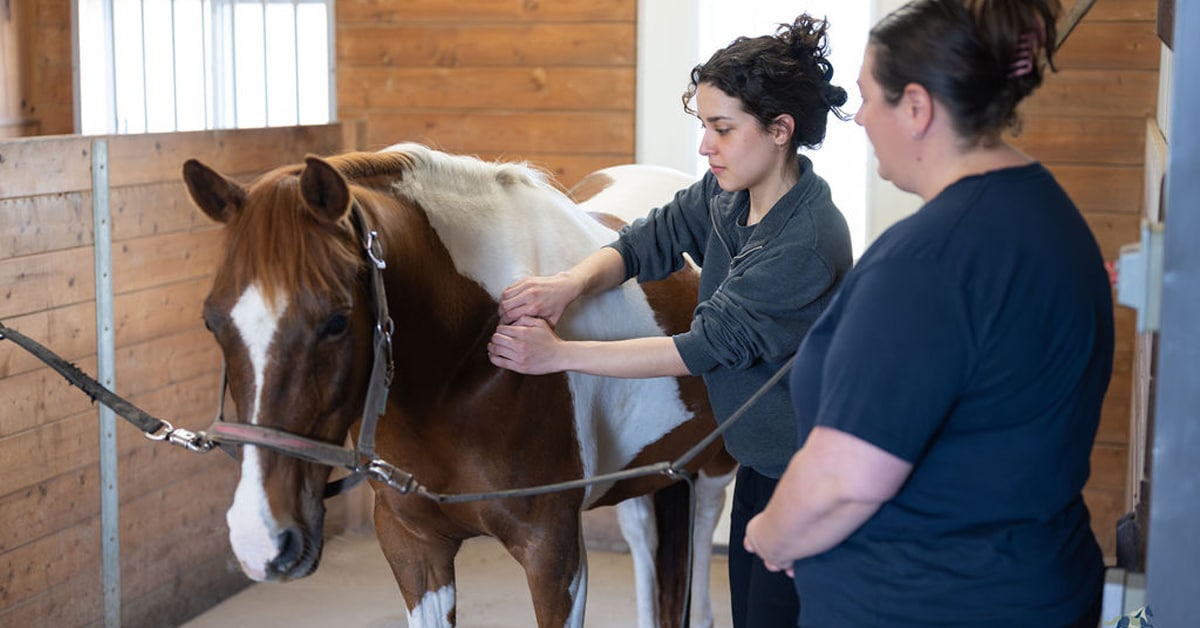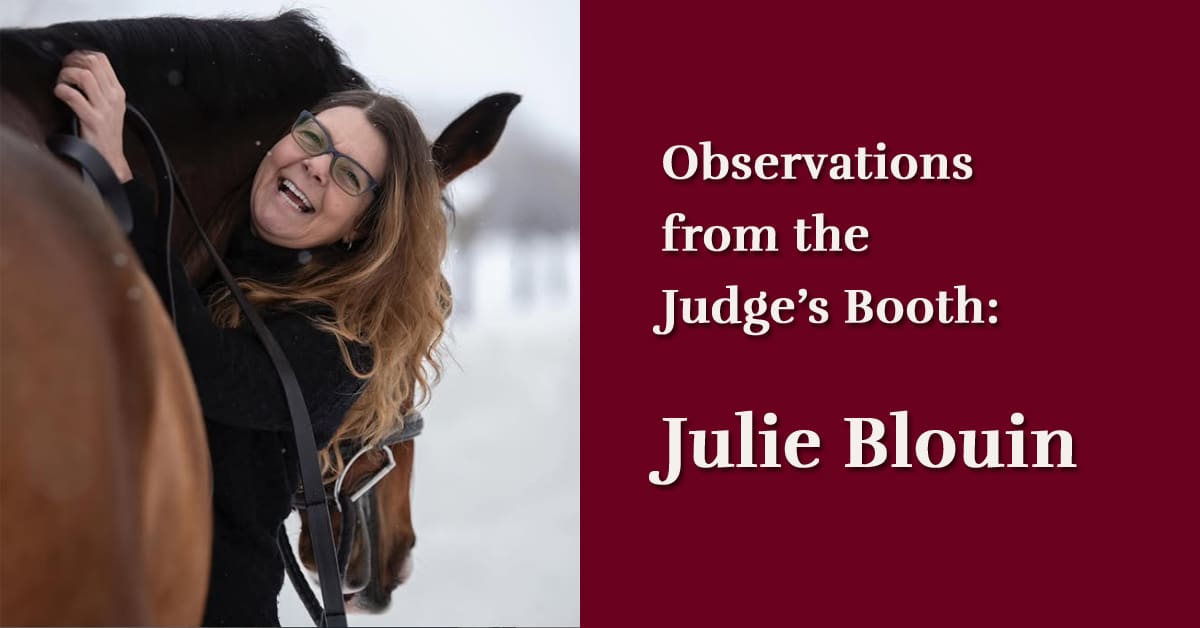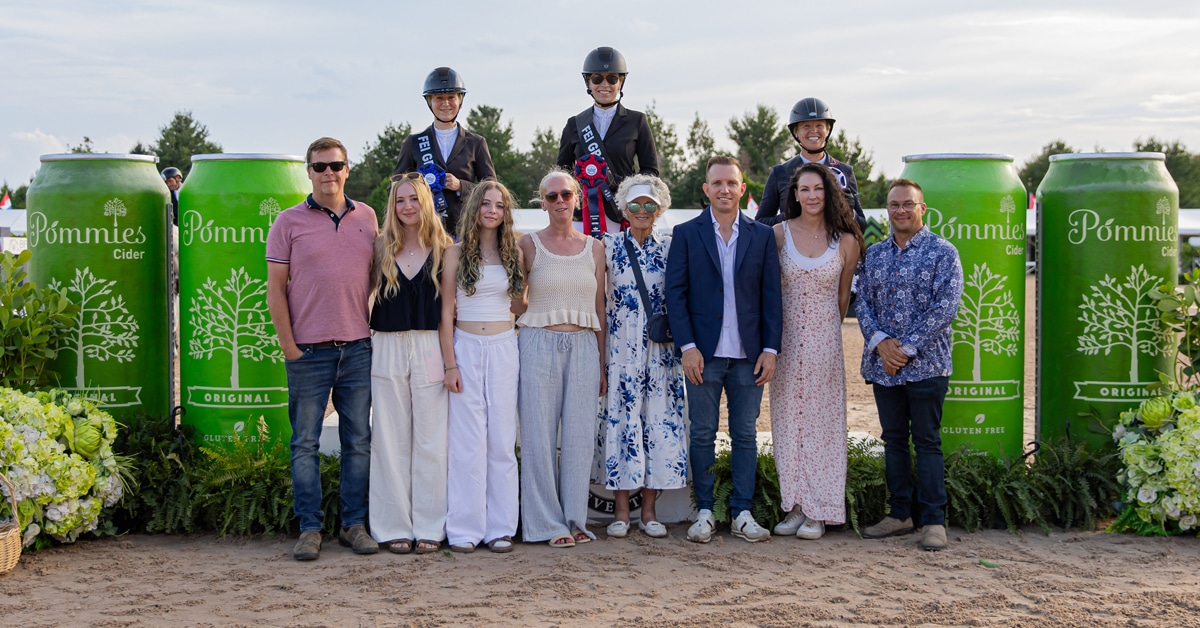In an equitation class over fences, does the quality of the horse’s jump matter?
Yes. Even though I am judging the rider, it is so much more pleasant to watch a good jumper go around than a bad one. Good riding should produce good jumps, so when a horse jumps badly, my impression is that the rider has not gotten him to the best distance or does not have the horse balanced.
What do you do in the situation where you think a horse or pony is showing in illegal tack?
In the case of illegal tack, the entry is eliminated from the class. I would call the steward over to double-check the legality of the tack being used. If the tack is indeed illegal, I would allow them to change the offending tack before the next class, but they are eliminated from the class in which they have already competed.
In an equitation class over fences, a rider comes in and exhibits promptness and direct approaches, but gets deep or long to a jump. Another rider comes in and does the grand tour of the ring, but finds all the right distances. How do you place these riders relative to one another?
While I am looking for what the first rider executed rather than the ‘tour-y’ route, it all depends on how deep or how long the first rider’s jump was. If it was not a serious mistake, then I would be inclined to go with the first rider on top, as efficiency and directness are important components of an equitation class.
A rider finishes a hunter round, and the score is announced before horse and rider exit the ring. Still in the ring, the horse then spooks or bucks. What happens to the score? What if the spook or buck causes the rider to fall off?
Unfortunately, the score has to be corrected with a deduction for the misbehaviour, as they are still in the ring and therefore still being judged. If the rider were to fall off, the score would be revised to elimination/no score.
When something goes wrong on course, such as a rail down which will put the round out of the ribbons, does it bother you when a rider pulls up or trains for the rest of the course? Would you rather see them continue and make the best of it?
My preference is for the rider to continue as best they can and sort it out elsewhere, outside of the show ring. Just keep going and make the rest look good, as I will recall that ahead of an abrupt or harsh pull-up and training in the ring in front of me. So often these mistakes are rider error rather than the fault of the horse, so no corrective training is warranted.
The Latest









